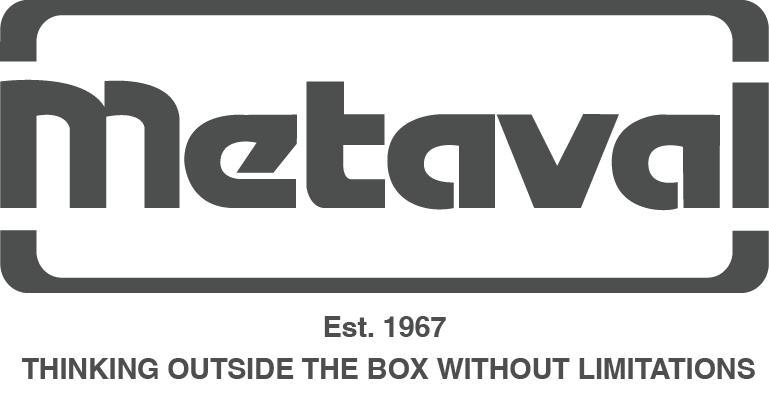In industrial systems, valves serve as essential components that regulate, direct, and control the flow of liquids and gases. Selecting the appropriate valve can dramatically impact performance, safety, and operational efficiency. Given the diversity in processes and environments, it is crucial to understand how different valves function and how to choose the right one for your application.
Understanding Valve Types: Valves come in various designs, each suited for specific purposes
- Gate Valves: Primarily used to allow or prevent the flow of liquids. These are ideal for on/off control, but they are not suitable for throttling.
- Ball Valves: Known for their quick shut-off capabilities and minimal leakage. Ball valves are often used in systems that require tight sealing.
- Butterfly Valves: Lightweight, compact, and ideal for regulating flow. They operate efficiently in large-diameter pipelines.
- Globe Valves: Used for regulating flow in a pipeline, ideal for applications where precise throttling is needed.
- Check Valves: Prevent backflow in systems, ensuring unidirectional flow of fluids.
Key Factors to Consider When Choosing a Valve
- Application Requirements: Consider whether you need on/off service, throttling, or backflow prevention.
- Flow Medium: Some valves are better suited for liquids, while others handle gases or slurries.
- Operating Pressure and Temperature: Ensure the valve material and design can withstand the system’s operating conditions.
- Material Compatibility: Choose materials that resist corrosion or chemical interactions with the flow medium.
- Maintenance and Accessibility: Consider ease of maintenance, availability of spare parts, and system downtime.
- Valve Size and Flow Rate: Ensure the valve can handle the system’s required flow rate without creating bottlenecks or turbulence.
Comparing Valve Options:
- Ball vs. Gate Valves: Ball valves are excellent for quick shutoff and have minimal pressure drop, while gate valves are better for full flow and are more cost-effective for larger diameters.
- Globe vs. Butterfly Valves: Globe valves offer precise flow regulation but are more expensive and require more space. Butterfly valves are more compact and economical but less precise.
Industrial Use Cases:
- Oil & Gas Industry: Requires robust valves that can withstand high pressures and temperatures.
- Water Treatment Plants: Often use butterfly and gate valves due to their efficiency in managing large water flows.
- Chemical Processing: Needs corrosion-resistant materials and valves that prevent contamination.
- Pharmaceuticals: Requires high precision and sanitary valves.
Choosing the Right Manufacturer: It is essential to partner with a manufacturer or supplier, like Metaval, that offers a wide range of valves, customization options, and post-sales support. Quality assurance, certifications, and technical support are critical indicators of a reliable supplier.
Conclusion: Selecting the right valve involves more than just choosing a type; it’s about understanding the complete system and ensuring compatibility, durability, and efficiency. Metaval offers a comprehensive range of industrial valves designed to meet the specific needs of diverse industries.








